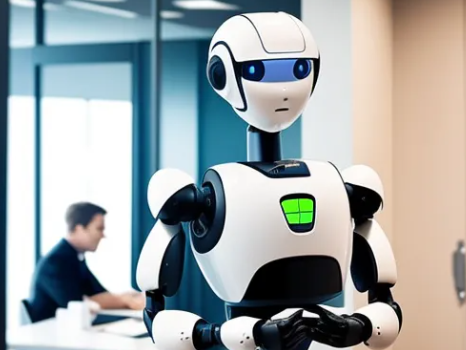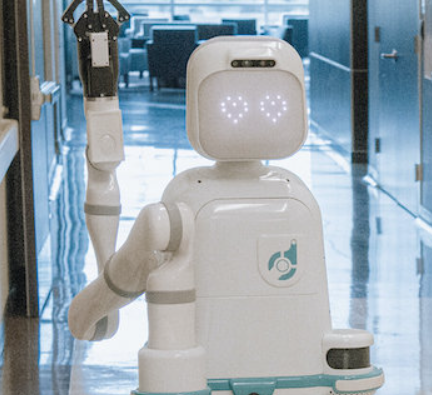
In today’s fast-evolving technological landscape, safeguarding organizational assets is more critical than ever. With the growing complexity of security challenges, traditional surveillance systems alone often fall short. As we advance further into the digital era, a new player has emerged in the security industry: autonomous security robots. These devices are redefining how organizations approach safety and risk management.
Understanding Robotic Surveillance Systems
Security robots are autonomous units engineered to patrol designated areas, monitor environments, and assist in threat detection. Their core function is to reinforce physical security by automating tasks that were previously manual and often labor-intensive. By integrating tools like image analysis software, environmental sensors, and real-time communication systems, these machines are capable of identifying potential risks with impressive speed and accuracy.
Rather than acting in isolation, security robots can complement existing systems or work alongside human personnel. Some models are equipped to independently perform patrols, while others interact with broader security networks to coordinate responses or escalate issues as needed. Their ability to process environmental data and make rapid decisions gives them an edge in dynamic or high-risk situations.
Key Advantages of Deploying Security Robots
1. Continuous Surveillance Without Fatigue
One of the greatest limitations of human patrols is fatigue. Over long shifts, attention can wane and mistakes become more likely. Security robots offer consistent performance around the clock, maintaining vigilance in all conditions without requiring rest. This uninterrupted monitoring significantly reduces the likelihood of unnoticed incidents.
2. Real-Time Data Collection and Insights
These robotic systems don’t just observe—they collect and log detailed information about their surroundings. This data can be reviewed to identify recurring vulnerabilities, track suspicious activity, or refine security strategies. With the support of analytical tools, companies can shift from reactive to proactive security management.
3. Prevention Through Presence
Just like a visible human guard can deter potential intruders, the physical presence of a security robot acts as a deterrent to unlawful behavior. Their patrol routines allow for early detection of unusual activities, which helps to prevent incidents before they escalate.
4. Rapid Response Capabilities
Speed matters in emergencies. Security robots are built to react swiftly, sending alerts to control centers or activating alarms when they encounter a threat. Their ability to communicate in real time ensures that any critical developments are addressed promptly, reducing potential harm.
A Forward-Looking Approach to Security
Implementing robotic surveillance isn’t just about upgrading equipment—it’s about evolving the entire approach to workplace safety. With their ability to perform tirelessly, deliver data-driven insights, and enhance response times, security robots are proving to be valuable assets for organizations across a variety of industries.
By embracing these innovations, businesses can fortify their premises with greater reliability and precision than ever before—ensuring safer environments for employees, assets, and operations alike.












